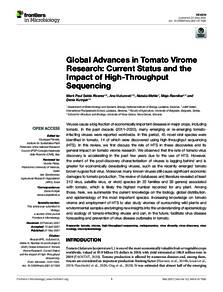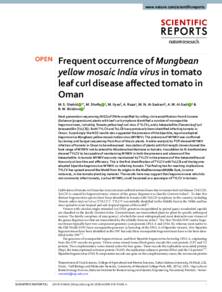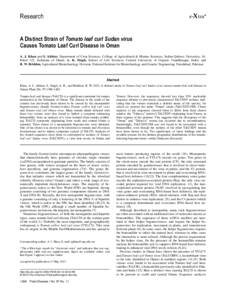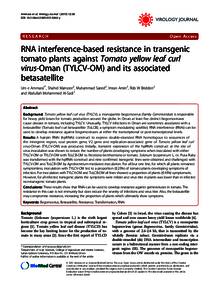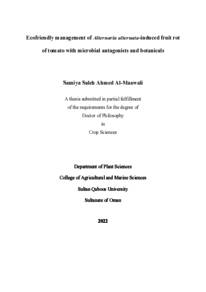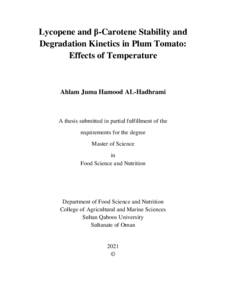وثيقة
Global Advances in tomato virome research : current status and the impact of high-throughput sequencing.
المعرف
DOI: 10.3389/fmicb.2021.671925
المصدر
Frontiers in Microbiology. v. 12, 671925
المساهمون
الدولة
Switzerland
مكان النشر
Lausanne
الناشر
Frontiers Media S.A.
ميلادي
2021-05-21
اللغة
الأنجليزية
الملخص الإنجليزي
Viruses cause a big fraction of economically important diseases in major crops, including tomato. In the past decade (2011–2020), many emerging or re-emerging tomato-infecting viruses were reported worldwide. In this period, 45 novel viral species were identified in tomato, 14 of which were discovered using high-throughput sequencing (HTS). In this review, we first discuss the role of HTS in these discoveries and its general impact on tomato virome research. We observed that the rate of tomato virus discovery is accelerating in the past few years due to the use of HTS. However, the extent of the post-discovery characterization of viruses is lagging behind and is greater for economically devastating viruses, such as the recently emerged tomato brown rugose fruit virus. Moreover, many known viruses still cause significant economic damages to tomato production. The review of databases and literature revealed at least 312 virus, satellite virus, or viroid species (in 22 families and 39 genera) associated with tomato, which is likely the highest number recorded for any plant. Among those, here, we summarize the current knowledge on the biology, global distribution, and epidemiology of the most important species. Increasing knowledge on tomato virome and employment of HTS to also study viromes of surrounding wild plants and environmental samples are bringing new insights into the understanding of epidemiology and ecology of tomato-infecting viruses and can, in the future, facilitate virus disease forecasting and prevention of virus disease outbreaks in tomato.
ISSN
1664-302X
قالب العنصر
مقالات الدوريات

